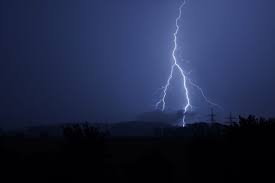
A wave of deadly lightning strikes has left at least seven people dead in Bihar over the past 24 hours, as unseasonal thunderstorms lashed the districts of Madhubani and Begusarai.
The tragic incidents have raised renewed concerns over rural vulnerability to extreme weather and the urgent need for awareness around lightning safety.
Among the victims were 62-year-old Zakir and his teenage daughter Ayesha, who lost their lives in Madhubani’s Rudrapur area while trying to protect harvested wheat from sudden rain. In a heartbreaking account, the father-daughter duo was reportedly covering the crop with a tarpaulin when a bolt of lightning struck them in the field.
Similar scenes played out across the district, where Rekha Devi, a resident of Pipraulia village, died while working near the fields. In neighboring Begusarai, four lives were lost in separate lightning-related incidents, including 13-year-old Anshu Kumari, who was struck near her home in Manopur village.
The elderly and daily-wage farmers have emerged as the most vulnerable, as seen in Bhagatpur village where 60-year-old Biral Paswan died while gathering straw. His wife remains critically injured. Another victim, Indira Devi, was struck while returning from work near the banks of the Ganga.
These incidents underline the deadly intersection of poverty, agriculture, and climate unpredictability in rural India, where many continue to brave the elements despite looming risks.
In response, the India Meteorological Department (IMD) has issued a fresh advisory for parts of Bihar, especially Madhubani and Begusarai, warning of continued thunderstorms and lightning over the next 24 hours. Residents are being urged to stay indoors, avoid open fields, and take shelter in concrete structures when possible.
The IMD has also appealed directly to farmers — among the worst-affected during such events — to avoid venturing into fields or waterlogged areas during storm warnings.
With climate change contributing to more erratic weather events, experts and local authorities stress the importance of robust early-warning systems, community education, and better infrastructure to protect rural populations.
Read more ...

May 8, 2025
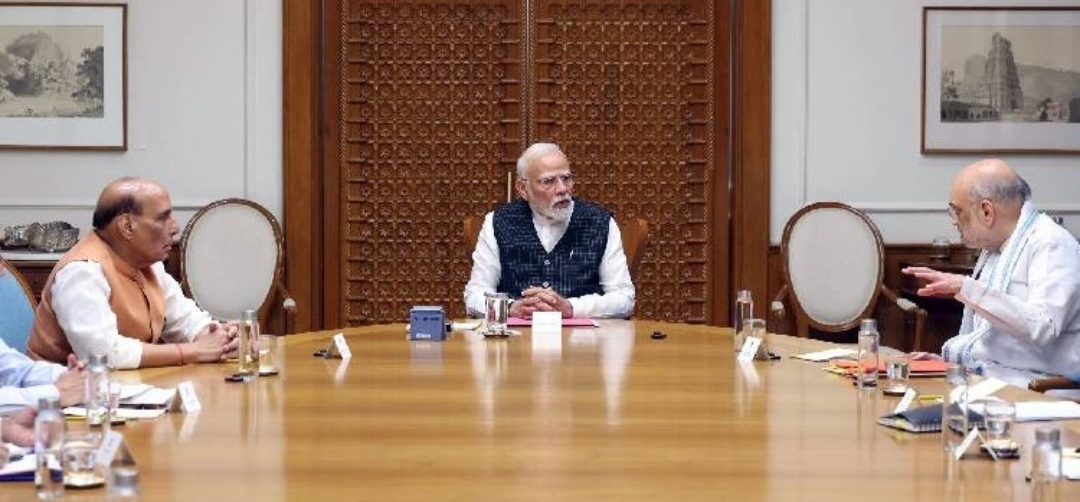
April 30, 2025

April 30, 2025
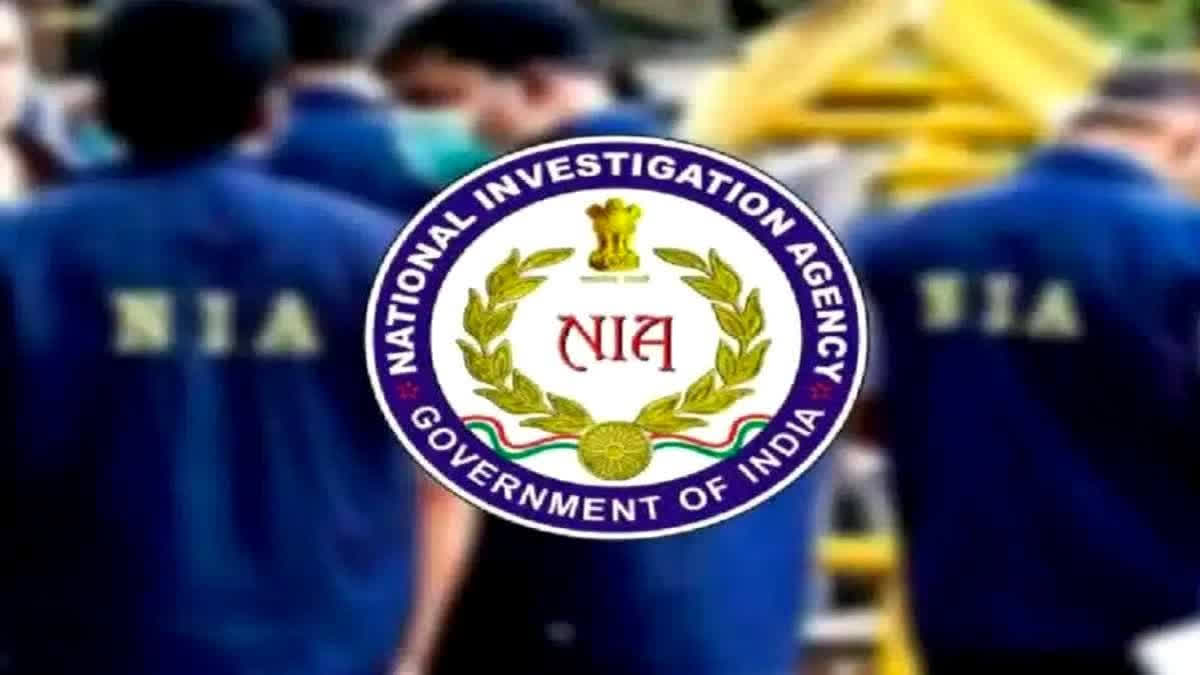
April 27, 2025

April 25, 2025
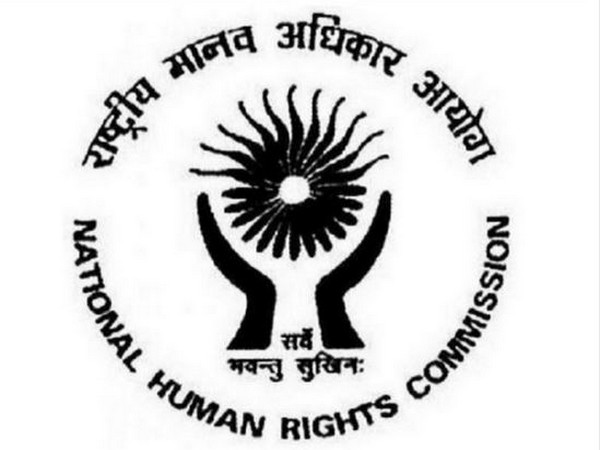
April 25, 2025
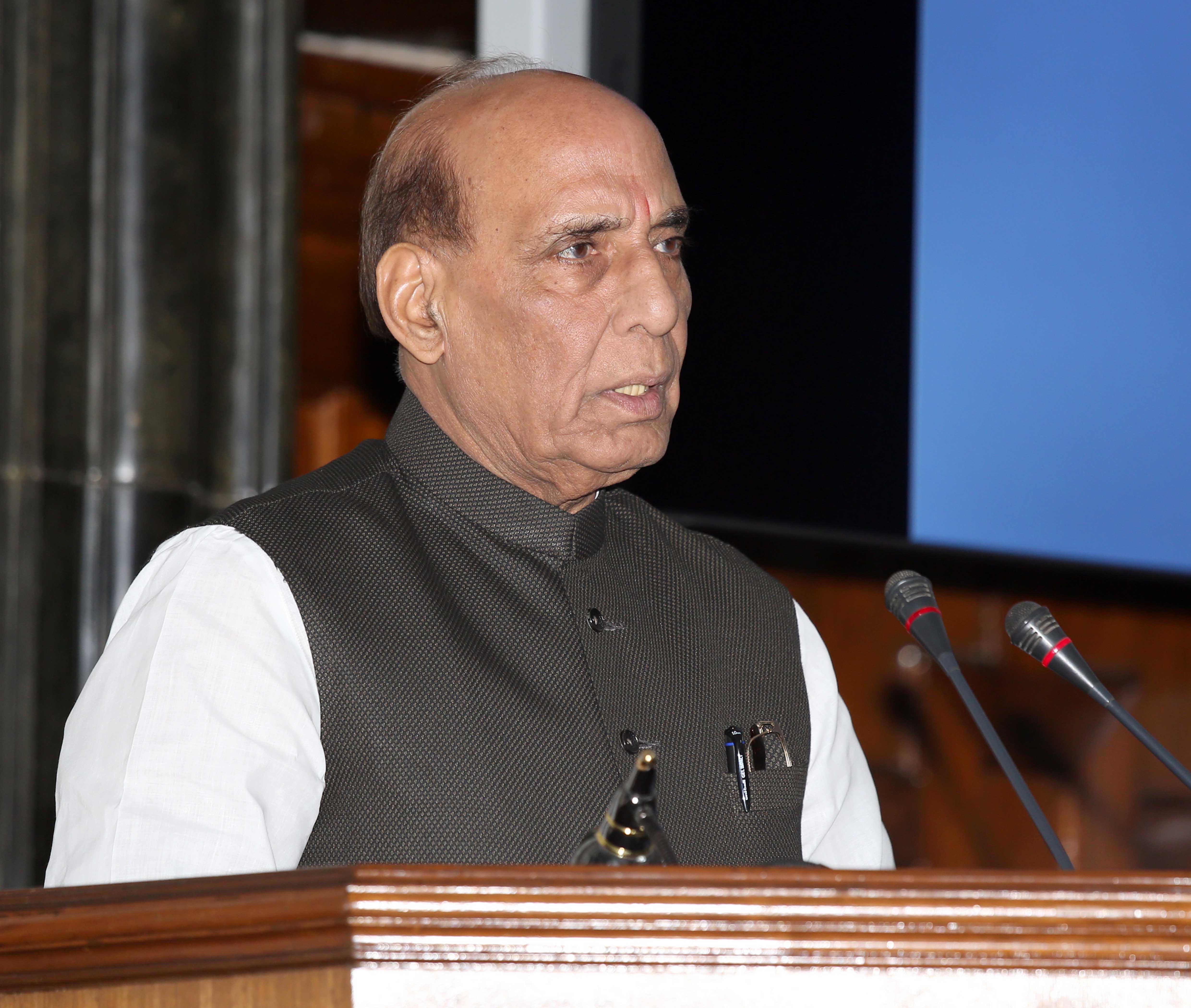
April 23, 2025
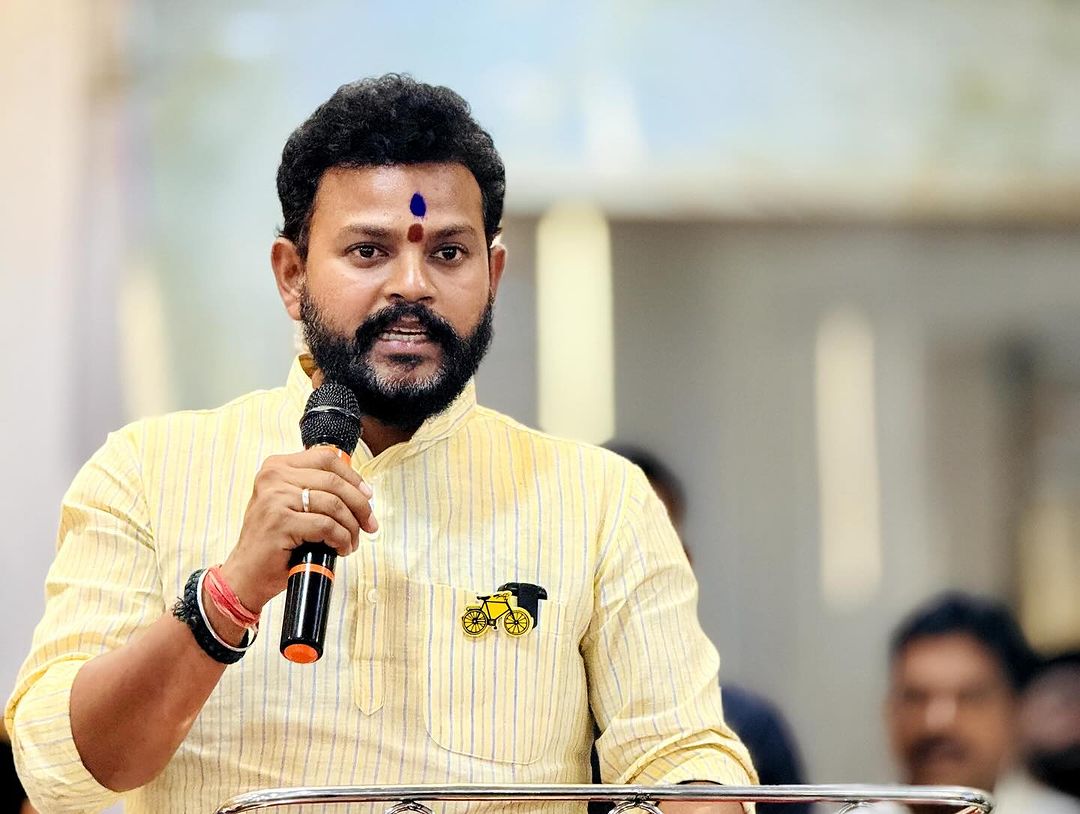
April 23, 2025
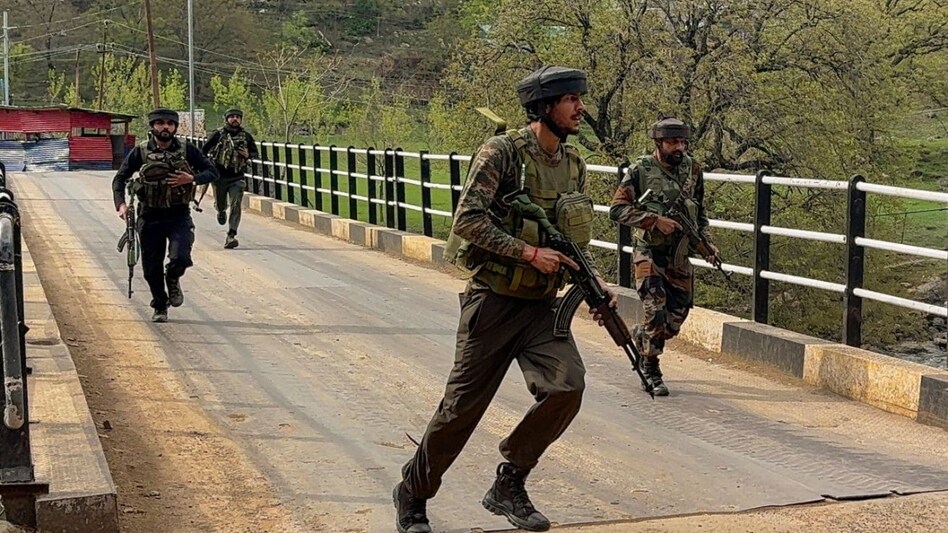
April 22, 2025

April 22, 2025

April 16, 2025

April 14, 2025
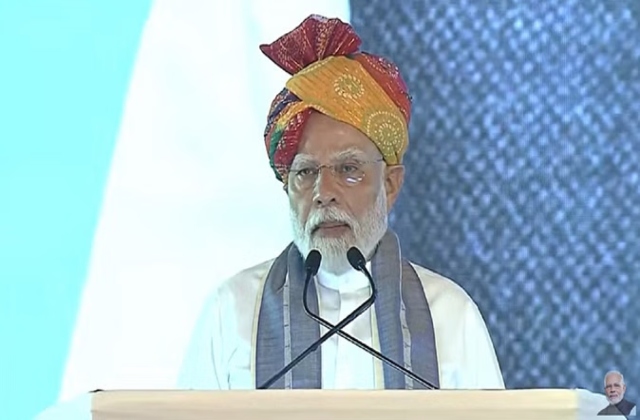
April 14, 2025
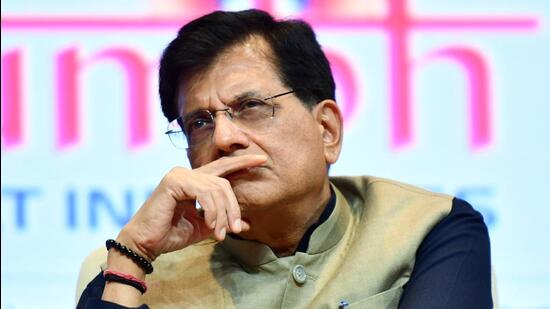
April 13, 2025


